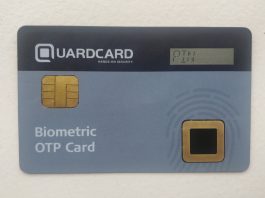A Tokyo-based research team has collaborated with Mitsubishi Electric Corporation, to develop a new original blockchain technology that can optimise the peer-to-peer (P2P) energy trading of surplus renewable electricity.
The original blockchain technology will contribute to more effective use of surplus electricity from renewable energy by creating trading environments that flexibly respond to shared trading needs, particularly to maximise the amount of surplus electricity available in the market at any given time.
General blockchain technologies often require many high-performance computers to perform massive calculations in order to determine the creator of a new block to record trading information. To clear buy and sell orders, a conventional method can be used to match conditions and process transactions, but this does not optimise matches.
Mitsubishi Electric and Tokyo Tech have developed an original blockchain technology to optimise P2P energy trading. Their newly devised distributed-optimisation algorithm enables customer computers to share trading goals and data and then optimally match buy and sell orders using minimal computations. Also, the new mining method is executable on a micro-computing server.
The trading goal shared among consumers can be changed to meet specific needs. For example, if the goal is to maximise the amount of surplus electricity available in the market, the best offer-bid match can be searched with respect to this common goal. If a surplus exists, the trading price would likely decrease according to market principles and thus demand for recharging electric vehicles would likely increase due to cheaper prices. As a result, surplus power usage would be maximised without retail power companies having to respond to market fluctuations.
If the priority is the profits of prosumers and consumers, the shared goal can be adjusted to increase total profits, or raise the lowest profits, of all prosumers and consumers. By allowing the shared goal to be adjusted, the system enables flexible P2P energy trading.









